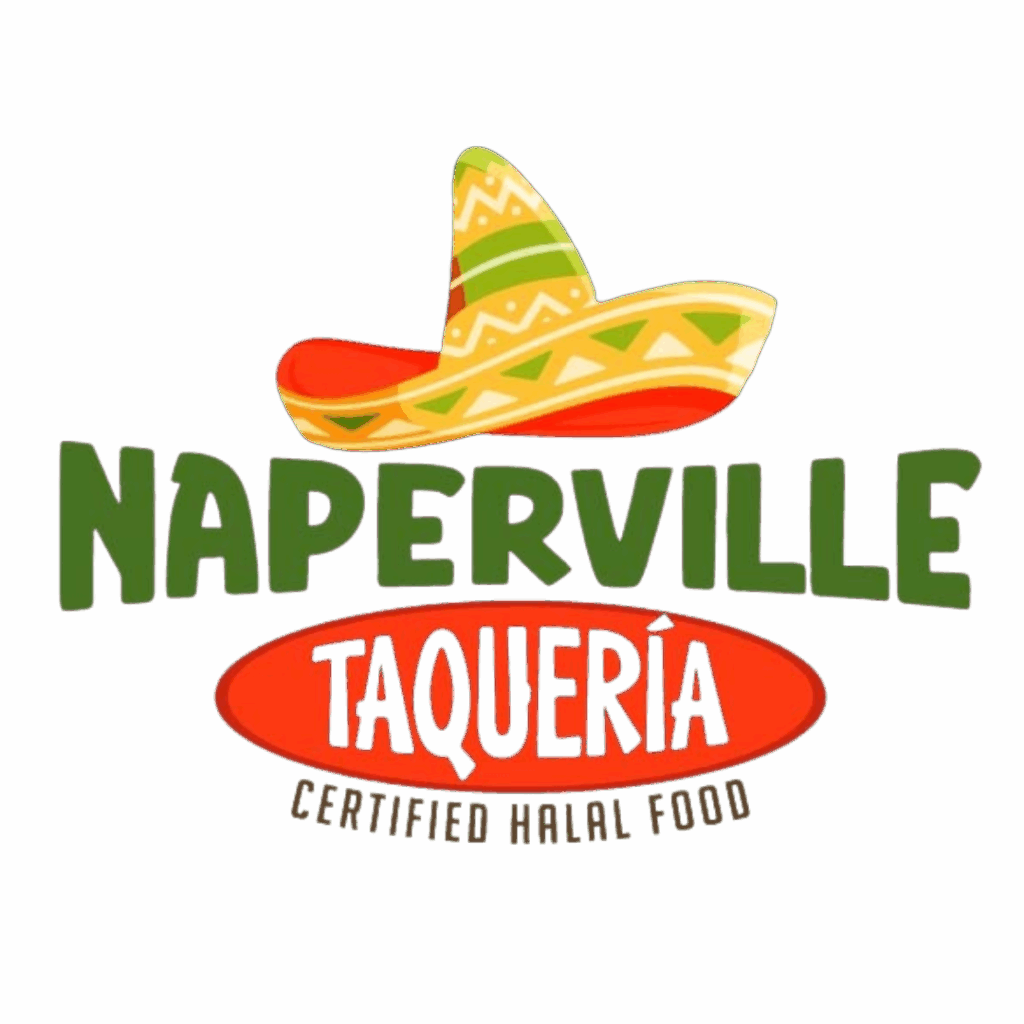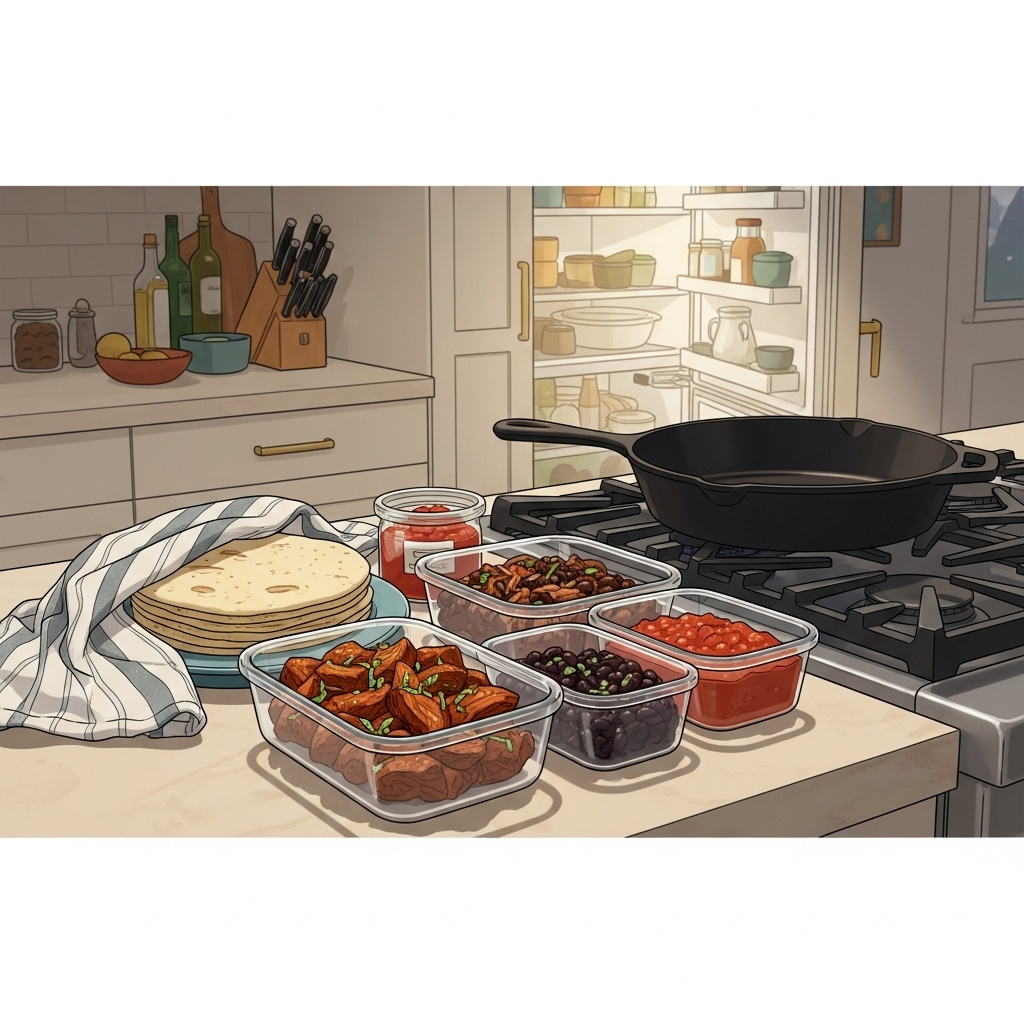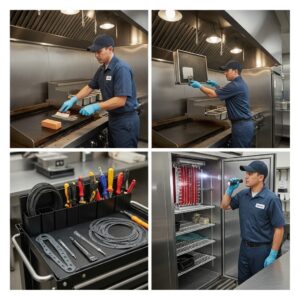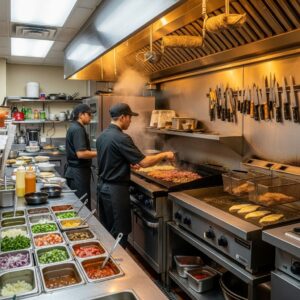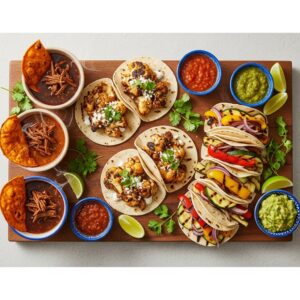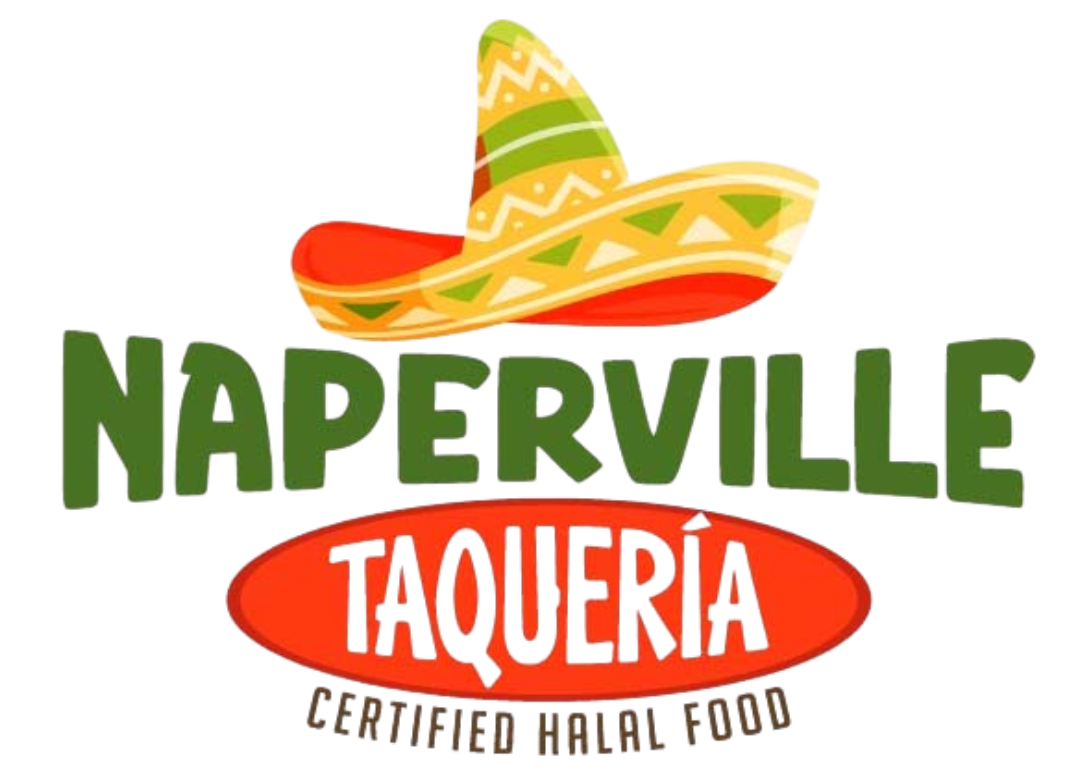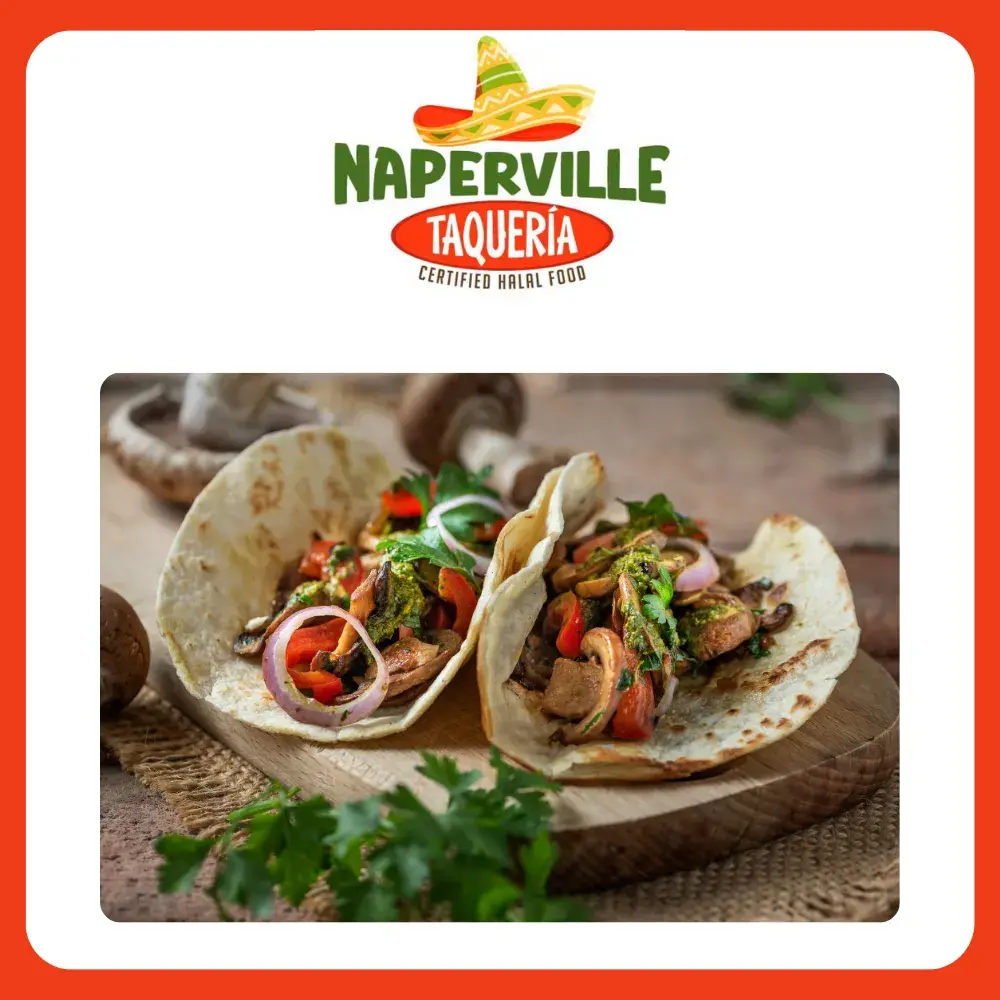Leftover tacos are a Naperville rite of passage. Maybe you came home from a busy evening along Washington Street with a few extras in the bag, or you cooked a big batch for a backyard gathering and realized you overestimated everyone’s appetite. Either way, leftovers can be tomorrow’s best lunch if you store and reheat them with a little care. Think of it as giving your meal a second act that tastes as good as the first. The easiest way to begin is by separating components right away and taking a moment to scan a trusted menu for ideas on how sauces and garnishes should come together again. With smart storage and patient reheating, you can revive tortillas to a soft, fragrant fold and bring fillings back to a lively simmer that doesn’t turn them mushy or dry.
Separate before you chill
The rule of leftovers is simple: what you store well, you reheat well. As soon as you’re done eating, separate tortillas, fillings, and salsas. Tortillas do best when wrapped in a clean towel or paper and slid into a sealed bag to prevent drying. Fillings should be spooned into shallow containers so they cool quickly and evenly—this helps preserve texture and flavor. Salsas and garnishes like onions and cilantro belong in their own containers to keep their freshness intact. Even a quick five minutes of organization pays off the next day when each component tastes closer to its original self.
Label and portion for easy reheating
If you’ve got enough leftovers for more than one meal, portion into single-serving containers. This lets you reheat only what you need, preserving the rest for later. A small piece of masking tape with the date helps you remember what’s what when the fridge starts to fill up with weeknight essentials. The habit is simple but makes a big difference in avoiding overcooking or repeated reheats that dry out a good filling.
Choosing the right reheating method
Different fillings respond best to different methods. Braised meats like barbacoa and carnitas prefer gentle heat—think a small saucepan over low flame with a splash of water or broth, covered to trap steam. Stir occasionally and stop as soon as the meat is hot and juicy. Grilled meats benefit from a quick rewarm in a hot skillet to revive edges without cooking the center to toughness. Beans reheat beautifully with a little water to loosen them, and vegetables often come back to life with a brief toss over medium heat to drive off excess moisture and restore a bit of char where possible.
Reviving tortillas to their prime
A tortilla’s texture can make or break your leftovers. Corn tortillas love a hot, dry surface. Warm each one until pliable, stack them, and keep them wrapped to hold steam while you finish heating the rest of your meal. Flour tortillas appreciate a similar approach with a slightly lower heat to prevent drying. If your tortillas are day-old and a touch stiff, a light brush of water on each side before warming can restore suppleness. Avoid microwaving uncovered; it often yields limp results. If you must use a microwave, wrap tortillas in a slightly damp towel and heat in short bursts, allowing time for the heat to even out.
The skillet advantage
A good skillet, whether cast iron or heavy stainless, is the hero of leftovers. A quick sauté reawakens aromatics, and a brief sear can rebuild the texture that made last night’s taco sing. When reheating carnitas, for example, warm them gently until hot, then give them a final minute over higher heat to create crisp edges. For grilled vegetables, a light film of oil and a hot surface puts the snap back into peppers and onions. The goal is to add energy back into the food without cooking it to death—heat just enough to make it lively again.
Moisture management on day two
Leftovers tend to collect liquid in the fridge as fats solidify and water separates. Before reheating, spoon off excess liquid so you’re in control of the moisture. Add back only what you need—a splash can be your friend in a saucepan, but puddles in a skillet lead to steaming instead of searing. With beans, a tablespoon of water helps them loosen to the right texture; with meats, a drizzle of their own cooking juices returns gloss and flavor without drowning the pan.
Reassembly with intention
When everything is hot and ready, assemble tacos in layers that protect the tortilla. A thin swipe of beans or a bit of avocado creates a buffer for juicier fillings. Add salsa sparingly at first and keep extra on the side so you can adjust bite by bite. A squeeze of lime at the end wakes up flavors without contributing extra liquid. This approach keeps leftovers tasting vibrant rather than soggy or muted.
Freezing for future meals
If you know you won’t get to your leftovers within the next couple of days, the freezer is a handy ally. Most meats and beans freeze well in small portions; cool them completely before sealing in freezer-safe bags with the air pressed out. Label clearly and store salsas separately—some salsas freeze nicely, especially rojas, while others like pico de gallo are better made fresh due to texture changes. Tortillas freeze beautifully if separated with parchment and sealed tightly; reheat from frozen on a hot skillet for best results.
Food safety at home
Safety is part of flavor. Cool leftovers quickly—within two hours—and store them in the fridge promptly. Reheat to a hot, steamy temperature so the food is pleasant and safe to eat. If something seems off in smell or color, trust your senses and start fresh. A tidy fridge and labeled containers make it easier to stay on top of what’s ready when, turning leftovers from a guessing game into a dependable plan.
Refreshing garnishes
Garnishes don’t always age gracefully, but you can bring them back with small tweaks. Onions can be revived with a pinch of salt and a few drops of lime; cilantro perks up if you trim the ends and keep it standing in a little water in the fridge; cabbage stays crisp if stored dry and tossed with lime right before serving. Consider chopping a fresh radish or two—it takes seconds and adds a pop that makes everything feel newly assembled.
Leftovers as inspiration
Some of the most enjoyable day-two tacos in Naperville are the ones that evolve. A spoon of last night’s beans can become the base for breakfast tacos with soft-scrambled eggs. Roasted vegetables can anchor a quick lunch with a crumble of cheese and a spritz of lime. Carnitas can pivot into a crisp-edged hash that loves a tortilla and salsa almost as much as it loves a fried egg. Treat leftovers as ingredients rather than a rerun, and you’ll discover new favorites you’ll want to make on purpose.
Timing your reheat
There’s an art to reheating everything so it’s ready together. Warm tortillas last so they stay hot and pliable. Reheat fillings first, then hold them covered off heat while you bring tortillas back to life. Assemble one taco at a time so nothing sits and steams. The few extra minutes you spend sequencing pay you back in texture and temperature—exactly what makes a taco sing.
FAQ
How long do leftover taco fillings last in the fridge? Most cooked meats and beans are best within three to four days when stored properly in airtight containers. Vegetables vary depending on how they were cooked, but reheating sooner preserves texture and flavor.
What’s the best way to reheat carnitas or barbacoa? Use gentle heat with a splash of liquid until hot, then finish briefly over higher heat to restore crisp edges or a glossy finish. Avoid prolonged high heat, which dries out the meat.
How do I keep reheated tortillas from drying out? Warm them on a hot, dry skillet until pliable and keep them wrapped. A light brush of water before heating can help day-old tortillas regain suppleness. Avoid microwaving uncovered, which tends to make them tough or limp.
Can I freeze salsa? Roasted tomato salsas often freeze well, though their texture may soften slightly. Fresh salsas like pico de gallo are better made fresh for the best crunch and brightness.
What’s the most common mistake with leftovers? Reheating everything together. Keep components separate, reheat each in the best way for its texture, and assemble just before eating. This preserves the balance that made your tacos great the first time.
If you’re ready to turn leftovers into a meal you’ll look forward to, set out your ingredients and take a minute to plan the order of reheating. For flavor pairing ideas and inspiration on how components should come together, skim the menu, warm your tortillas, and bring yesterday’s tacos back to vibrant life.
